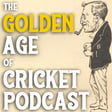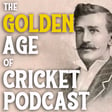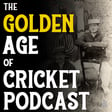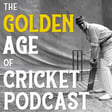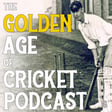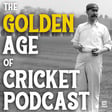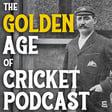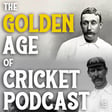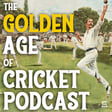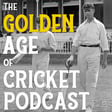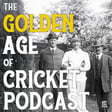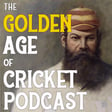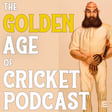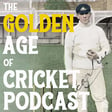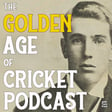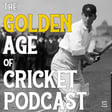
Gilbert Jessop – Part 2 – with Simon Wilde
In Part 2 of my chat with historian Simon Wilde, we discuss Gilbert Jessop's form leading into the famous Oval Test match of 1902, the affect rain had on the cricket that summer, the missing scorecards from the Oval Test, and whether Jessop was shortchanged in his innings because of an English cricket Law relating to boundaries.
DONATE: You can buy Tom Ford a coffee! Every donation helps with production and inspires Tom to keep the podcast going. You can donate from a little as $5. Visit: buymeacoffee.com/GoldenAgeOfCricket
ABOUT SIMON WILDE: Simon has been cricket correspondent of the Sunday Times since 1998. He has written 12 books, three of which were shortlisted for the William Hill Sports Book of the Year. His most recent works have been the acclaimed England: The Biography, a history of the men’s national team, and The Tour, which chronicles the England team’s travels overseas since 1877, which won the MCC/Cricket Society Book of the Year prize. His new book - Chasing Jessop: The Mystery of England Cricket's Oldest Record - has just been published, and chronicles not only Jessop’s colorful career, but forensically dissects one of the most famous individual feats in the history of the game.
CREDITS: Presenter & Producer: Tom Ford
All music used in podcast comes from the University of California Santa Barbara’s remarkable collection of wax cylinder’s from the late nineteenth and early twentieth centuries, which are free to download and use. You can donate to the upkeep of these recordings via their website.
